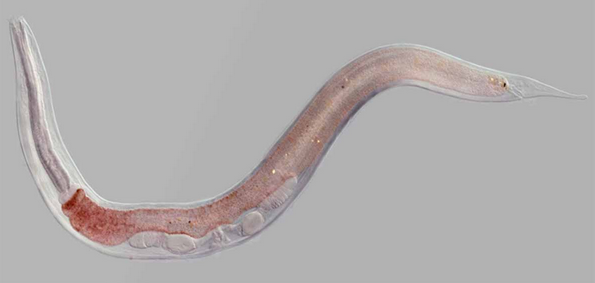For more than two decades scientists have been collecting frozen microbes from deep layers of the Siberian permafrost, to see if they can be thawed and brought back to life. In the most recent revival experiments, a team of genetic researchers from Russia and Germany first reawakened and then identified a previously undiscovered nematode species, which they claim is 46,000 years old. Assuming this is true, this is the most ancient type of microscopic lifeform to have even been recovered from the freeze-dried Siberian soil.
In an article about their research just published in PLOS Genetics , the genetic researchers describe how they confirmed the existence of this new species of roundworm, which was unearthed near Siberia’s Kolyma River and has now been named Panagrolaimus kolymaensis (or P. kolymaensis ). There are many nematode species that belong to the Panagrolaimus line, so this ancient species has living relatives.
Mastic producers in Greece innovate as climate change threatens harvest
Interestingly, P. kolymaensis was not recognized as a new type of nematode when it was first revived in 2018 . It was incorrectly identified as belonging to another previously identified species, which lived 42,000 years ago.
Continue here: Ancient Origins




































